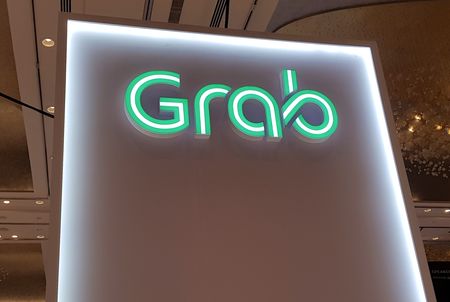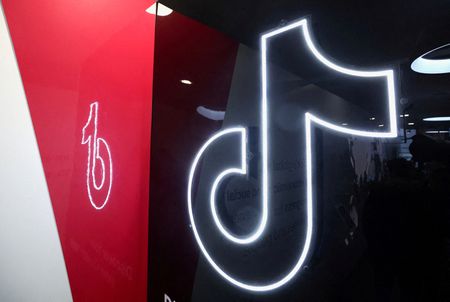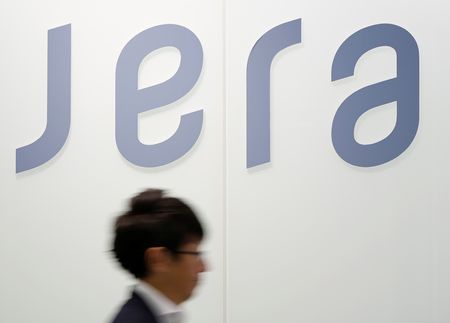By Zaheer Kachwala
(Reuters) -Grab Holdings beat Wall Street expectations for second-quarter revenue on Wednesday, as consumers boosted spending on its ride-hailing and food delivery platform despite global economic uncertainty.
Grab’s push to turn its platform into a superapp, integrating ride-hailing, food and grocery delivery, and other digital services, has drawn a growing number of users willing to pay for its subscription plans.
While ongoing U.S. trade negotiations have cast a cloud over global economic stability, leading to concerns about tariffs and elevated costs in Southeast Asia, the Singaporean economy has remained resilient. It grew 4.3% in the second quarter, avoiding a technical recession.
“What we’re seeing is that the more you make our products more affordable, it drives that growth, and it also shields us from some of the macro that you’re seeing across the globe,” Grab CFO Peter Oey told Reuters.
The company has been attempting to lure price-sensitive consumers to its ride-hailing platform while increasing the number of drivers to keep pace with a growing userbase.
Grab reported revenue of $819 million, above analysts’ expectations of $811.3 million, according to LSEG data.
The company noted its strong performance in Indonesia, a market it had previously described as underpenetrated, aiming to capitalize on the country’s large population and grow market share.
Oey said Indonesia is a profitable market for the company, which seeks to double down on investing in the country.
The online service market in Southeast Asia has been consolidating, with large players acquiring smaller firms to grow their product portfolios.
Reuters reported in May that Grab was exploring acquiring smaller Indonesian rival GoTo, but Oey reiterated that the company is not in discussions with them.
Grab posted a profit of $20 million for the quarter, compared to a $68 million loss in the same period a year earlier.
(Reporting by Zaheer Kachwala in Bengaluru; Editing by Tasim Zahid and Subhranshu Sahu)











